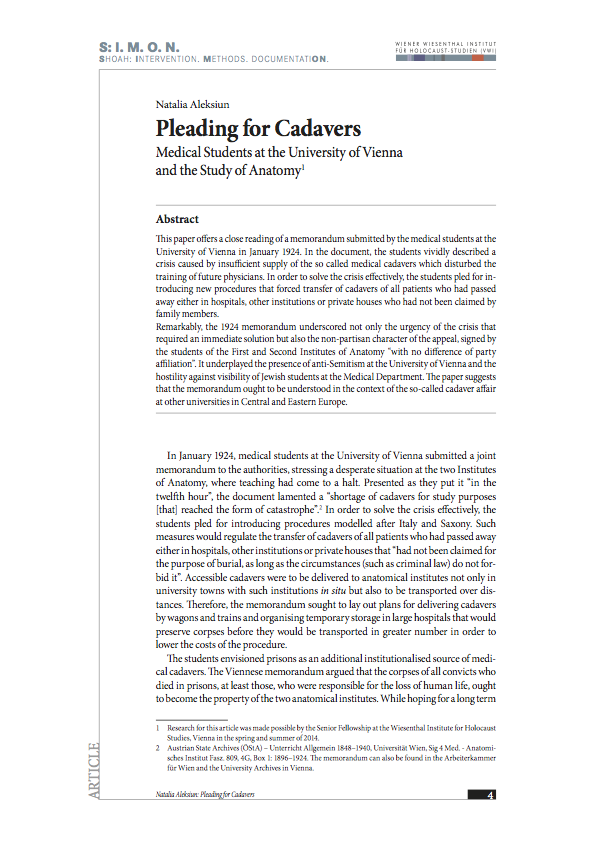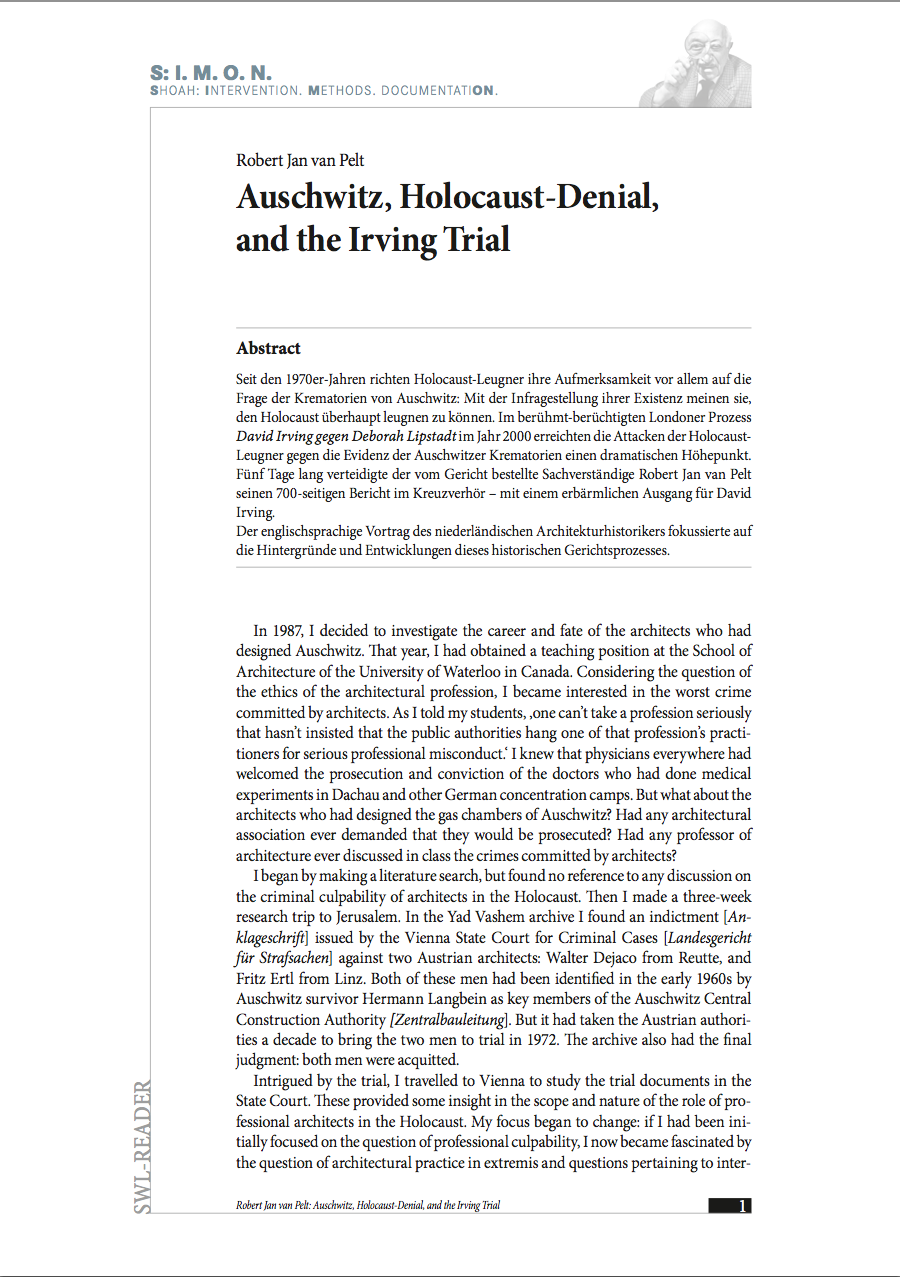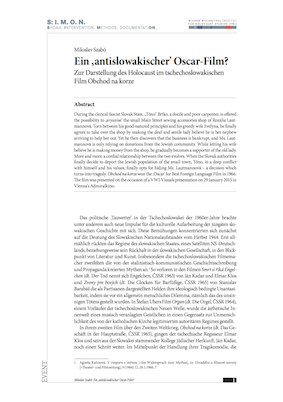 The detainees at the subcamps of Neuengamme concentration camp near Hamburg lived and worked under a broad range of conditions. Although the first two subcamps were established as early on as in 1941/1942, it was not until 1944 that all of northern Germany was covered. The Neuengamme concentration camp had more than 85 subcamps, to which the SS had brought about 40,000 detainees as slave workers for the German war effort by the end of 1944. Marc Buggeln has compared the subcamps and evaluated the significance of a range of factors such as labour conditions, racism and gender differences with regard to the concentration camp inmates' likelihood of survival. In this way, he was able to disprove some central assumptions made by concentration camp research to date, or at least to seriously curtail the general validity that had been ascribed to them. Finally, he describes the conditions for the perpetrators as well as the victims at hand of a selection of biographies.
The detainees at the subcamps of Neuengamme concentration camp near Hamburg lived and worked under a broad range of conditions. Although the first two subcamps were established as early on as in 1941/1942, it was not until 1944 that all of northern Germany was covered. The Neuengamme concentration camp had more than 85 subcamps, to which the SS had brought about 40,000 detainees as slave workers for the German war effort by the end of 1944. Marc Buggeln has compared the subcamps and evaluated the significance of a range of factors such as labour conditions, racism and gender differences with regard to the concentration camp inmates' likelihood of survival. In this way, he was able to disprove some central assumptions made by concentration camp research to date, or at least to seriously curtail the general validity that had been ascribed to them. Finally, he describes the conditions for the perpetrators as well as the victims at hand of a selection of biographies.
Editorial
 S:I.M.O.N. is an e-journal of the Vienna Wiesenthal Institute for Holocaust Studies (VWI). It appears twice a year in English and German language. S:I.M.O.N. aims at both a transnational and comparative history of the Holocaust and Jewish Studies in Central and Eastern Europe within the broader contexts of the European history of the 20th and 21st century, including its prehistory, consequences and legacies as well as the history of memory.
S:I.M.O.N. is an e-journal of the Vienna Wiesenthal Institute for Holocaust Studies (VWI). It appears twice a year in English and German language. S:I.M.O.N. aims at both a transnational and comparative history of the Holocaust and Jewish Studies in Central and Eastern Europe within the broader contexts of the European history of the 20th and 21st century, including its prehistory, consequences and legacies as well as the history of memory.
S:I.M.O.N. serves as a forum for discussion of various methodological approaches. The journal especially wishes to strengthen the exchange between researchers from different scientific communities and to integrate both the Jewish history and the history of the Holocaust into the different “national” narratives. It also lays a special emphasis on memory studies and the analysis of politics of memory. S:I.M.O.N. uses a double-blind review system, which means that both the reviewer’s and the author’s identities are concealed from each other hroughout the review process.
Shoah: The journal deals with the history of the Shoah from multidisciplinary, transnational and comparative perspectives. It seeks to integrate studies on Jews as well as on other groups of victims of the Holocaust, especially on Roma, and of so far less researched regions of (East) Central and (South) Eastern Europe.
Intervention. The journal reports on research projects and their transmission into public events. It also informs about current educational and remembrance programs.
Methods. The journal serves as a forum for the discussion of methodological approaches as, for instance, the everyday history, oral history, gender history, the history of violence, anti-Semitism and racism and the theory of memory and memory politics.
DocumentatiON. The journal contributes to critical approaches on using and interpreting archival materials in the 21st century.
Download the current issue S:I.M.O.N. 2017/2.
Articles
Natalia Aleksiun
Pleading for Cadavers. Medical Students at the University of Vienna and the Study of Anatomy
 This paper offers a close reading of a memorandum submitted by the medical students at the University of Vienna in January 1924. In the document, the students vividly described a crisis caused by insufficient supply of the so called medical cadavers which disturbed the training of future physicians. In order to solve the crisis effectively, the students pled for introducing new procedures that forced transfer of cadavers of all patients who had passed away either in hospitals, other institutions or private houses who had not been claimed by family members. Remarkably, the 1924 memorandum underscored not only the urgency of the crisis that required an immediate solution but also the non-partisan character of the appeal, signed by the students of the First and Second Institutes of Anatomy "with no difference of party affiliation". It underplayed the presence of anti-Semitism at the University of Vienna and the hostility against visibility of Jewish students at the Medical Department. The paper suggests that the memorandum ought to be understood in the context of the so-called cadaver affair at other universities in Central and Eastern Europe.
This paper offers a close reading of a memorandum submitted by the medical students at the University of Vienna in January 1924. In the document, the students vividly described a crisis caused by insufficient supply of the so called medical cadavers which disturbed the training of future physicians. In order to solve the crisis effectively, the students pled for introducing new procedures that forced transfer of cadavers of all patients who had passed away either in hospitals, other institutions or private houses who had not been claimed by family members. Remarkably, the 1924 memorandum underscored not only the urgency of the crisis that required an immediate solution but also the non-partisan character of the appeal, signed by the students of the First and Second Institutes of Anatomy "with no difference of party affiliation". It underplayed the presence of anti-Semitism at the University of Vienna and the hostility against visibility of Jewish students at the Medical Department. The paper suggests that the memorandum ought to be understood in the context of the so-called cadaver affair at other universities in Central and Eastern Europe.
SWL-Reader
Robert Jan van Pelt
Auschwitz, Holocaust-Denial, and the Irving Trial
 Since the 1970s, Holocaust deniers have focused their attention especially on the issue of crematoria in Auschwitz, thinking that questioning the existence of these would enable them to deny the Holocaust itself. The Holocaust deniers' attacks against the evidence of the Auschwitz crematoria reached a dramatic apex during the infamous London court case David Irving against Deborah Lipstadt in the year 2000. Court-ordered expert Robert Jan van Pelt defended his 700 page report under cross examination for five days – the outcome was pathetic for David Irving.
Since the 1970s, Holocaust deniers have focused their attention especially on the issue of crematoria in Auschwitz, thinking that questioning the existence of these would enable them to deny the Holocaust itself. The Holocaust deniers' attacks against the evidence of the Auschwitz crematoria reached a dramatic apex during the infamous London court case David Irving against Deborah Lipstadt in the year 2000. Court-ordered expert Robert Jan van Pelt defended his 700 page report under cross examination for five days – the outcome was pathetic for David Irving.
The Dutch architectural historian's lecture in English focused on the background and developments of this historical court case.
Events
Miloslav Szabó
Ein ‚antislowakischer' Oscar-Film? Zur Darstellung des Holocaust im tschechoslowakischen Film Obchod na korze
 During the clerical-fascist Slovak State, "Tóno" Brtko, a docile and poor carpenter, is offered the possibility to 'aryanise' the small Main Street sewing accessories shop of Rozália Lautmannová. Torn between his good-natured principles and his greedy wife Evelyna, he finally agrees to take over the shop by making the deaf and senile lady believe he is her nephew arriving to help her out. Yet he then discovers that the business is bankrupt, and Ms. Lautmannová is only relying on donations from the Jewish community. While letting his wife believe he is making money from the shop, he gradually becomes a supporter of the old lady. More and more, a cordial relationship between the two evolves. When the Slovak authorities finally decide to deport the Jewish population of the small town, Tóno, in a deep conflict with himself and his values, finally opts for hiding Ms. Lautmannová – a decision which turns into tragedy. Obchod na korze won the 'Oscar' for Best Foreign Language Film in 1966. The film was presented on the occasion of a VWI-Visuals presentation on 29 January 2015 in Vienna's Admiralkino.
During the clerical-fascist Slovak State, "Tóno" Brtko, a docile and poor carpenter, is offered the possibility to 'aryanise' the small Main Street sewing accessories shop of Rozália Lautmannová. Torn between his good-natured principles and his greedy wife Evelyna, he finally agrees to take over the shop by making the deaf and senile lady believe he is her nephew arriving to help her out. Yet he then discovers that the business is bankrupt, and Ms. Lautmannová is only relying on donations from the Jewish community. While letting his wife believe he is making money from the shop, he gradually becomes a supporter of the old lady. More and more, a cordial relationship between the two evolves. When the Slovak authorities finally decide to deport the Jewish population of the small town, Tóno, in a deep conflict with himself and his values, finally opts for hiding Ms. Lautmannová – a decision which turns into tragedy. Obchod na korze won the 'Oscar' for Best Foreign Language Film in 1966. The film was presented on the occasion of a VWI-Visuals presentation on 29 January 2015 in Vienna's Admiralkino.
Marc Buggeln: Sklavenarbeit und Gewalt. Die KZ-Außenlager
„... zu lesen, wenn alles vorüber ist“
Rita Maria Rockenbauer, Briefe 1938 –1942
Wien 2014
Partituren der Erinnerung.
Der Holocaust in der Musik
Scores of Commemoration.
The Holocaust in Music
Wien 2015
Before the Holocaust Had Its Name. Early Confrontations of the Nazi Mass Murder of the Jews
Wien 2016
Akademisches Milieu, Juden und Antisemitismus an den Universitäten Europas zwischen 1918 und 1939
Academic Milieu, Jews and Antisemitism at European Universities between 1918 and 1939
Wien 2016






